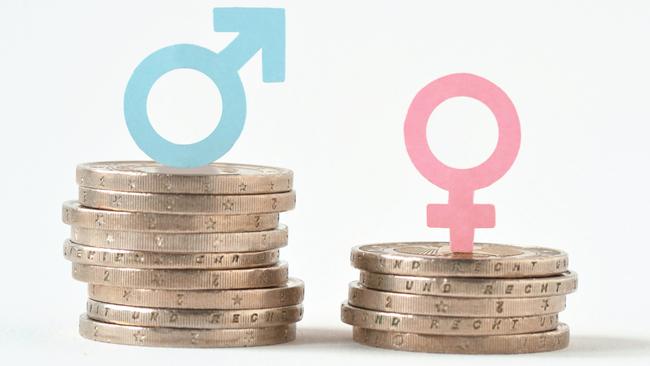Push for gender pay equality stalling through apathy: report
Equal pay is still a generation away, with women unlikely to bridge the income gap until 2046, a new gender equality report warns.

Equal pay is still a generation away, with women unlikely to bridge the gender pay gap until 2046.
While the remuneration gender pay gap has fallen from 24.7 per cent to 20.1 per cent in the last seven years, it is set to take another 25 years for it to disappear entirely, new research shows.
A report by the Workplace Gender Equality Agency and the Bankwest Curtin Economics Centre also reveals wide disparities in the pace of change for female workers, with the pay gap closing more quickly for executives than for other parts of the economy.
But it concludes that overall “a level of apathy” has set in among large Australian corporations looking to make progress on gender inequity in the workplace, including pay.
The mining sector has moved furthest to close the gender remuneration gap in recent years, but female-dominated sectors such as community and personal service workers were lagging behind.
Bankwest Curtin Economics Centre deputy director Associate Professor Rebecca Cassells, the report’s co-author, said that on the current pace of change the gender pay gap among full-time executives would be eliminated within 10 years, and for senior managers in less than 15 years.
“For workers in non-management roles, it could take even longer. Some occupations may not see any change at all in their gender pay gap in the coming years,” Associate Professor Cassells said.
One of the keys to reducing the gap is for organisations to have a full suite of gender equality policies and practices that are applied consistently over time, she said. More women in senior leadership roles also helps.
And this varied from industry to industry.
“We also found finance and insurance, utilities and mining companies are the most likely to adhere to best gender equity practices, with the mining sector being the biggest improver in recent years, while businesses in the health care and social assistance sector are only a quarter as likely to adhere to best practice.” Associate Professor Cassells said.
But the report, Gender Equity Insights 2021, notes a worrying drop off in concern about the issue in corporate Australia.
“There is considerable evidence of a level of apathy among Australia’s biggest organisations when it comes to progressing gender equality,” the report concludes.
“This apathy exists in efforts to increase the number of women on Boards, to narrow the gender pay gap through regular audits, and the implementation of policies and practices that help make workplaces more gender equitable.
“What’s more, it is organisations with a higher concentration of women that tend to be the most apathetic,” it says.
Workplace Gender Equality Agency director Libby Lyons said this apathy was a serious concern.
“Expecting Australian women to wait a quarter of a century for the total remuneration gender pay gap to close is unacceptable,” Ms Lyons said.
“It may well take longer if employer inertia and complacency lead to a reversal of current trends.”
Ms Lyon said policies and practices that embed gender equality in the workplace make them safer and fairer for both women and men, and can also drive productivity and profitability.
Professor Alan Duncan, director of the Curtin Economics Centre and the report’s co-author, said regular audits of pay and consistent application of gender policies, so important to redressing imbalance, had slowed.
“More than half of the reporting organisations (are) not undertaking a regular pay gap analysis,” Professor Duncan said.
“The managerial gender pay gap grew an extra 5.1 percentage points among those organisations that ceased regular pay gap audits, but decreased by 2.2 percentage points for organisations that consistently examined how they were paying women and men.”
“What we do know is that targets work. Organisations that have set consistent targets for appointing women on to boards, increase the share of female board members at twice the pace of those that set no targets.”




To join the conversation, please log in. Don't have an account? Register
Join the conversation, you are commenting as Logout